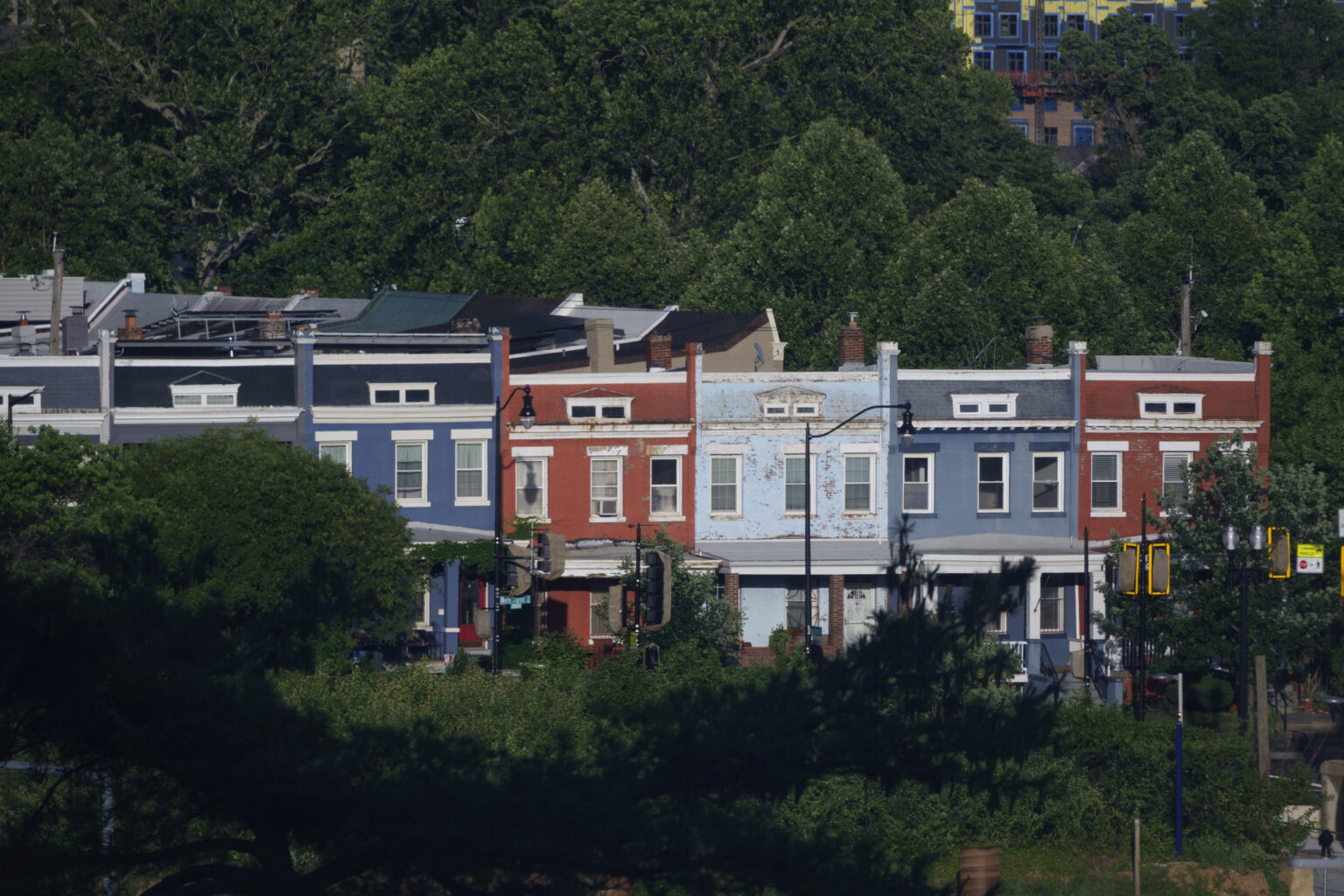Following a prolonged period of housing shortages driven by homeowners opting to retain their existing, lower-interest mortgage payments, the U.S. real estate market has experienced a notable shift. Recent data from Redfin reveals that the nation now has nearly 500,000 more homes listed for sale than there are active buyers-a record high since the company began tracking this metric in 2013. This surplus of inventory signifies a fundamental imbalance between supply and demand, which is expected to exert downward pressure on home prices, offering some relief to prospective buyers facing rising costs.
The Significance of the Market Shift
The pandemic era saw a surge in home purchases, fueled by historically low mortgage rates that prompted a buying frenzy across the country. Markets such as Florida and Texas, characterized by rapid population growth and limited inventory, saw home prices skyrocket as competing buyers engaged in fierce bidding wars. However, this overheated market cooled significantly in 2022 when the Federal Reserve implemented aggressive interest rate hikes to combat inflation, causing mortgage rates to climb sharply.
Higher borrowing costs effectively locked in many homeowners, discouraging them from selling their properties and prompting them to hold onto their existing, more affordable mortgage payments. This phenomenon delayed a wave of new listings, creating a backlog of potential sellers. Yet, as mortgage rates remained elevated into 2023 and beyond, homeowners began to accept that rates might not decrease anytime soon, leading many to finally put their homes on the market.

Kevin Carter/Getty Photos
However, the landscape has changed. The market no longer resembles the frenzied environment of a few years ago, where multiple buyers competed aggressively for a single property. Today, many sellers have been pushed to the sidelines by rising mortgage costs, while others are reconsidering their plans to buy or rent amid growing economic uncertainty, including concerns over potential policy changes under President Donald Trump’s administration.
The result is a significant increase in housing inventory that remains largely stagnant, forcing sellers to reduce their asking prices to attract cautious buyers.
Key Market Insights
According to Redfin’s April data, the U.S. housing market currently features approximately 1.94 million active sellers, compared to about 1.45 million buyers-an excess of 33.7%. Just a year prior, sellers outnumbered buyers by only 6.5%, and two years ago, the market was still seller-favored. This rapid shift indicates a transition toward a buyer’s market, despite ongoing price increases and mortgage rates hovering around 7%, levels not seen since the early 2000s.
Experts from Redfin highlight two concurrent trends: a surge in seller activity reaching levels unseen since March 2020, and a sharp decline in buyer demand to its lowest point since record-keeping began in 2013. Many homeowners have given up waiting for mortgage rates to fall, accepting higher monthly payments and deciding to sell rather than hold out for better financing conditions.
Meanwhile, prospective buyers continue to face affordability challenges. The median sale price for a typical U.S. home in April was approximately $432,000-up 1.6% from the previous year-while the average 30-year fixed mortgage rate stood at 6.73%, more than double the pandemic-era lows. Consequently, nearly 44% of homes listed in April remained unsold for over 60 days, indicating a slowdown in market activity and a rise in stale listings.
Regional Variations and Market Dynamics
Market conditions vary significantly across different segments. In the single-family home sector, there was about a 27.8% increase in listings compared to buyers in April. Conversely, the condominium market experienced an even more pronounced imbalance, with an 83% surplus of sellers over buyers. This disparity is largely driven by condo owners seeking to avoid rising homeowners’ association fees and insurance premiums, especially in states like Florida, where new regulations have spurred a surge in condo listings over the past year.
Price growth in the condo segment has been modest-around 0.4% year-over-year-compared to a 1.5% increase in single-family home prices. The widening gap between supply and demand in condos underscores the potential for downward pressure on prices and highlights the shifting landscape of the housing market.
Expert Perspectives on Market Trends
Asad Khan, Senior Economist at Redfin, remarked: “The balance of power in the U.S. housing market has shifted toward buyers. Many sellers are still holding onto the hope that their homes will fetch top dollar, but the reality is changing. As properties stay longer on the market and fewer buyers attend open houses, more sellers will recognize that the market has adjusted, prompting them to lower their expectations.”
Tim Harper, a Redfin Premier agent based in Daytona Beach, Florida, added: “It’s now a clear buyer’s market, with buyers enjoying a broader selection of homes and greater leverage in negotiations. It’s common to see offers 5% below asking price, along with thousands of dollars in concessions. Sellers need to ensure their homes are in excellent condition and avoid overpricing to stand out.”
Looking Ahead: What’s Next for the Housing Market?
With buyers gaining more options and negotiating power, sellers are increasingly compelled to adjust their pricing strategies. Redfin now predicts that home prices will decline by approximately 1% by the end of 2023, marking a notable shift from earlier expectations of continued growth. This anticipated correction reflects the evolving market dynamics, where rising inventory and subdued demand are reshaping the landscape for both buyers and sellers.

